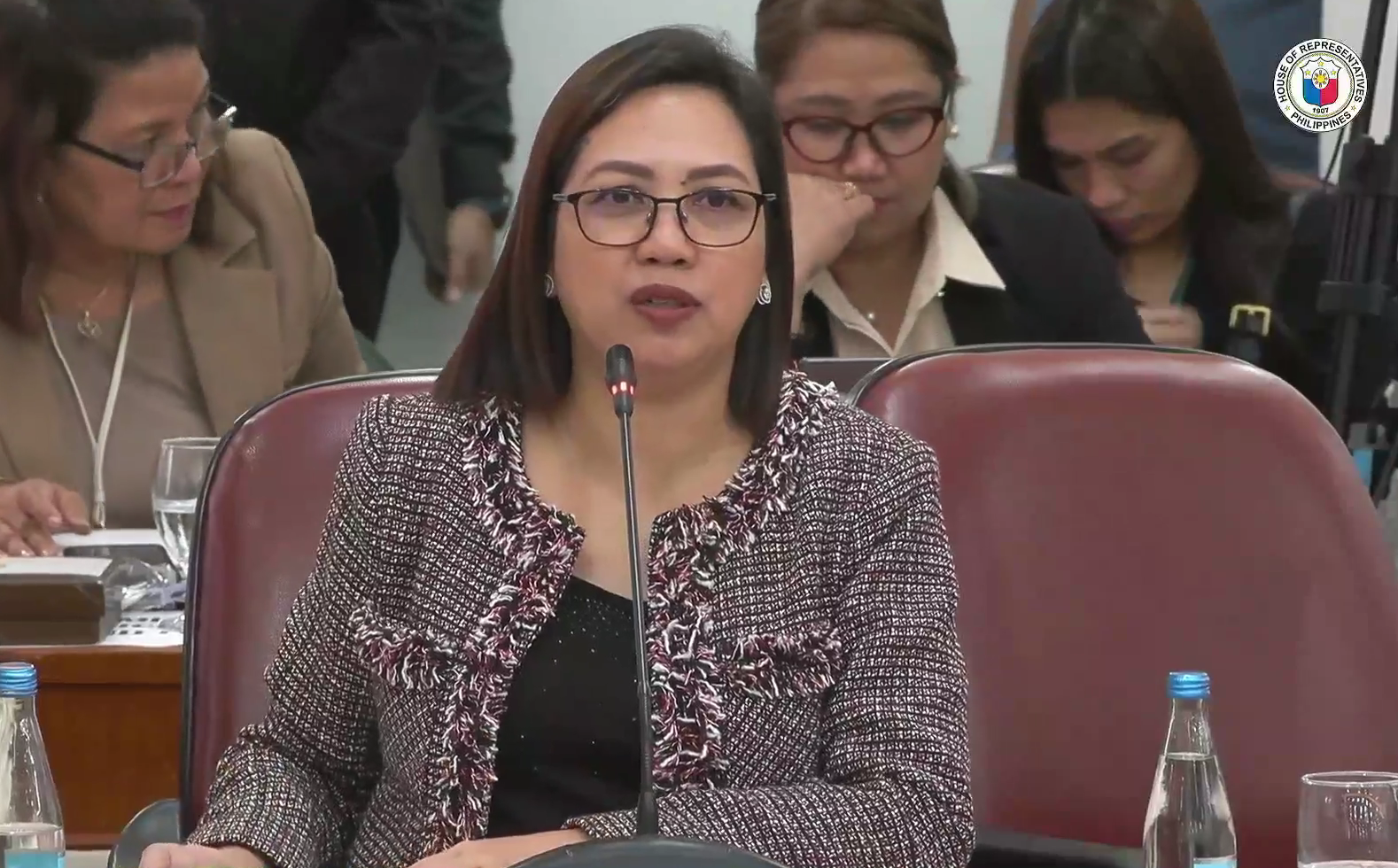‘What planet did the P58 per kilo of rice MSRP come from?’–Garin

Lawmakers on Wednesday assailed the Department of Agriculture’s (DA) suggested P58-price cap per kilogram of rice in Metro Manila, calling the ceiling as “unrealistic” and a “disservice to consumers.”
At a hearing of the Murang Pagkain (Cheaper Food) Super Committee or quinta committee of the House of Representatives, panel head Albay Rep. Joey Salceda expressed shock over the DA’s established maximum suggested retail price (MSRP) for rice at P58 per kilo in the National Capital Region.
The quinta panel lead chair maintained that the ceiling was too high, considering the decrease of between P44 and P47 in the prices of imported rice, as well as a reduction in the cost of buying palay (unmilled rice).
“What planet did the P58 per kilo of rice MSRP come from?” Assistant Majority Leader Janette Garin exclaimed in Filipino, expressing frustration over the DA’s failure to address key issues in the grain supply chain that have raised costs.
Garin noted that during Agriculture Secretary Francisco Tiu Laurel’s inspection and consultation with wholesalers in Bulacan last month, he vowed to bring down rice prices to as low as P45 per kilo, with premium quality rice at least P49 per kilo.
“How can we control the price of rice when the agency that is supposed to guide us is pegging it at a high price?” she lamented.
She cited reports that the landed cost of imported rice currently ranges from P35 to P39 per kilo, which is significantly lower than the MSRP of the DA.
The lawmaker asserted that despite logistics and markups, rice should not exceed P45 to P49 per kilo.
P40-per kilo price cap
Sultan Kudarat’s Horacio Suansing Jr., who was present at the meeting convened by Laurel last month, informed the panel of the agreement. “We all agreed, the rice miller there, importers, traders that we will lower the price of rice to P40 and the supply is unlimited,” Suansing said.
He said that it was agreed that more P40-per-kilo rice would be made available in Kadiwa centers and other DA outlets in Metro Manila.
In response, Agriculture undersecretary for policy, planning and regulations Asis Perez explained that the P58 per kilo MSRP was part of the DA’s pilot program only in Metro Manila, where rice costs were reported to be between P60 and P64 per kilogram.
Perez said that the price of P58 per kilo of rice was based on the landed cost of imported grain, along with a reasonable markup for those involved in the distribution chain.
But Garin refuted Perez’s explanation, asserting that it was the “wrong solution” to the root causes of high prices of the staple foods.
She slammed the DA’s method of setting the MSRP based on inflated market prices rather than actual production costs and reasonable margins, pointing out, “The basis of the MSRP is wrong and it’s opening the possibility of abuse.”
She accused DA of neglecting its responsibility to monitor and regulate the supply chain, attributing the high cost of rice to collusion among traders and monopolistic practices among retailers.
The legislator reiterated her call for the National Bureau of Investigation (NBI) to look into the matter, saying, “Apparently, there’s a flow of at least five traders before the rice reaches the actual retailer. And I remember, I previously filed a motion directing the NBI to look into the traders in between because the collusion is happening here. We can’t just turn a blind eye to this.”
Garin added: “Collusion among the traders, monopoly among the retailers in the market, and our government officials who are supposed to look into this (are) not really doing their job. These are the problems we need to solve.”
The Salceda-led quinta committee is composed of the House panels on ways and means, trade and industry, agriculture and food, social services, and food security. It’s tasked with addressing the systemic challenges of soaring food prices, smuggling, price manipulation and hunger.

















